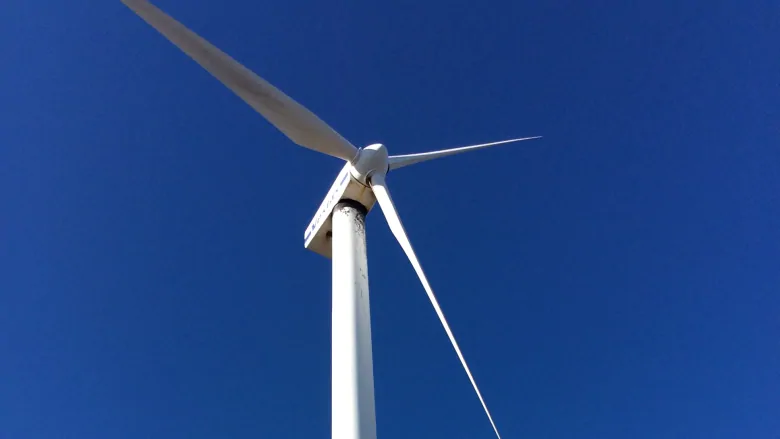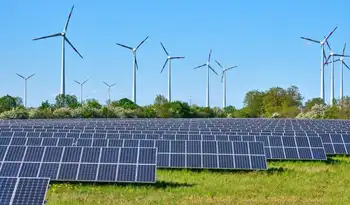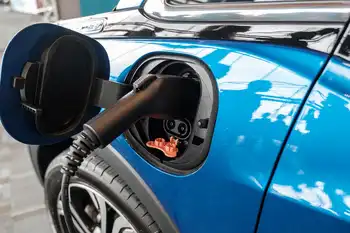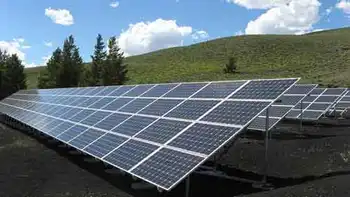West Wind Clean Energy Project Launched

CSA Z462 Arc Flash Training - Electrical Safety Essentials
Our customized live online or in‑person group training can be delivered to your staff at your location.

- Live Online
- 6 hours Instructor-led
- Group Training Available
Nova Scotia’s West Wind Clean Energy Project aims to harness offshore wind power to deliver renewable electricity, expand transmission infrastructure, and position Canada as a global leader in sustainable energy generation.
What is West Wind Clean Energy?
The West Wind Clean Energy Project is Nova Scotia’s $60-billion offshore wind initiative to generate up to 66 GW of clean electricity for Canada’s growing energy needs.
✅ Harnesses offshore wind resources for renewable power generation
✅ Expands grid and transmission infrastructure for clean energy exports
✅ Supports Canada’s transition to a sustainable, low-carbon economy
Nova Scotia has launched one of the most ambitious clean energy projects in Canadian history — a $60-billion plan to build 66 gigawatts (GW) of offshore wind capacity, as countries like the UK expand offshore wind, capable of meeting up to 27 per cent of the nation’s total electricity demand.
Premier Tim Houston unveiled the project, called West Wind, in June, positioning it as a cornerstone of Canada’s broader energy transition and aligning it with Prime Minister Mark Carney’s goal of making the country both a clean energy and conventional energy superpower. Three months later, Carney announced a slate of “nation-building” infrastructure projects the federal government would fast-track. While West Wind was not on the initial list, it was included in a second tier of high-potential proposals still under development.
The plan’s scale is unprecedented for Canada’s offshore energy industry, as organizations like Marine Renewables Canada pivot toward offshore wind to accelerate growth. However, enormous logistical, financial, and market challenges remain. Turbines will not be in the water for years, and the global offshore wind industry itself is facing one of its most difficult periods in over a decade.
“Right now is probably the worst time in 15 years to launch a project like this,” said an executive at a Canadian energy company who requested anonymity. “It’s not Nova Scotia’s fault. It’s just really bad timing.” He pointed to failed offshore wind auctions in Europe, rising costs, and policy reversals in the United States as troubling signals for investors, even as New York’s largest offshore wind project moved ahead this year. “You can’t build the wind and hope the lines come later. You have to build both — together.”
Indeed, transmission infrastructure is emerging as the project’s biggest obstacle. Nova Scotia’s local electricity demand is limited, meaning most of the power would need to be sold to markets in Ontario, Quebec, and New England. Of the $60 billion budgeted for West Wind, $40 billion is allocated to generation, and $20 billion to new transmission — massive sums that require close federal-provincial coordination and long-term investment planning.
Despite the economic headwinds, advocates argue that West Wind could transform Atlantic Canada’s energy landscape and strengthen national energy security, building on recent tidal power investments in Nova Scotia. Peter Nicholson, chair of the Canadian Climate Institute and author of Catching the Wind: How Atlantic Canada Can Become an Energy Superpower, believes the project could redefine Nova Scotia’s role in Canada’s energy transition.
“It’s very well understood where the world is headed,” Nicholson said, noting that wind power is becoming increasingly competitive worldwide. “We’re moving toward an electrical future that’s cleanly generated for economic, environmental, and security reasons. But for that to happen, the economics have to work.” He added that the official “nation-building” designation could give Nova Scotia “a seat at the table” with major utilities in other provinces.
The governments of Canada and Nova Scotia recently issued a notice of strategic direction to the Canada–Nova Scotia Offshore Energy Regulator, aligning with Ottawa’s plan to regulate offshore wind as it begins a prequalification process and designs a call for bids later this year. The initial round will cover just 3 GW of capacity — smaller than the originally envisioned 5 GW — but officials describe it as a first step in a multi-decade plan.
While timing and economics remain uncertain, supporters insist the long-term potential of offshore wind in Nova Scotia is too significant to ignore. As global demand for clean electricity grows and offshore wind moves toward a trillion-dollar global market, they argue, West Wind could help secure Canada’s place as a renewable energy leader — if government and industry can find a way to make the numbers work.
Related Articles











